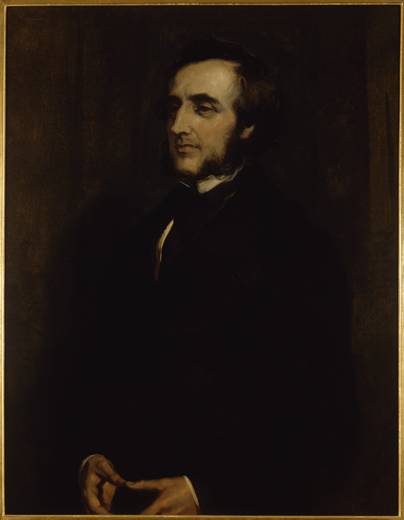
Many medical professional bodies felt that chemists and druggists were untrained and unregulated, and the profession urgently needed to make their position in the medical landscape more secure. In 1841 a Medical Reform Bill was proposed, which set out to prevent chemists and druggists from dispensing medicines unless medically qualified – removing the need for a separate pharmacy profession.
A new professional body was needed for the chemists and druggists – one that would campaign on their behalf and protect their interests. So, on the 10 February 1841 Jacob Bell, a respected chemist, encouraged other London-based chemists and druggists to meet to discuss the impact of the Bill.
After their campaign against the Reform Bill was successful, the Pharmaceutical Society of Great Britain was formed on 15 April 1841 at a meeting at the Crown and Anchor Tavern on the Strand in London. William Allen proposed the motion, which was seconded by Jacob Bell's father, John Bell. Allen was then voted to be the first President of the Society.
But this was just the beginning. In order to claim to represent the profession the Society had to have a substantial membership, so Bell wrote to chemists and druggists across England, Scotland and Wales encouraging them to join.